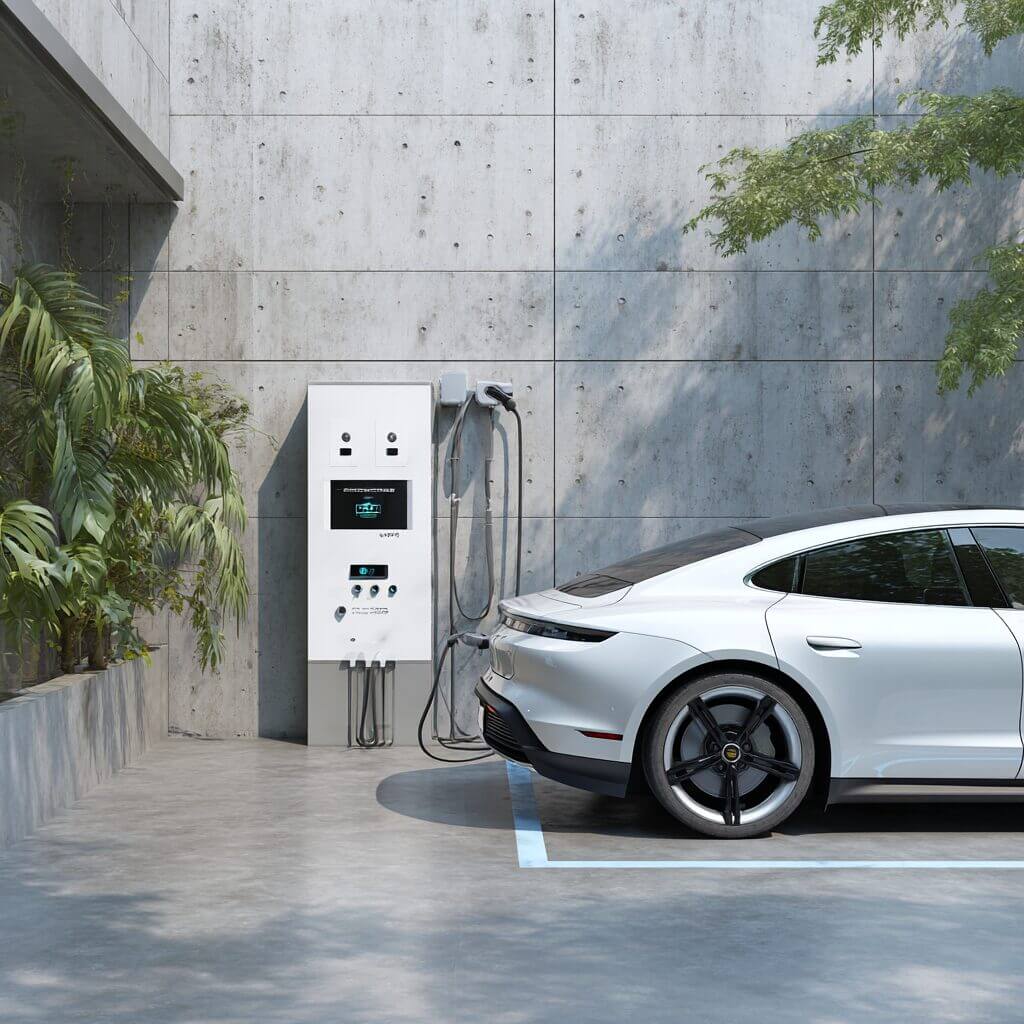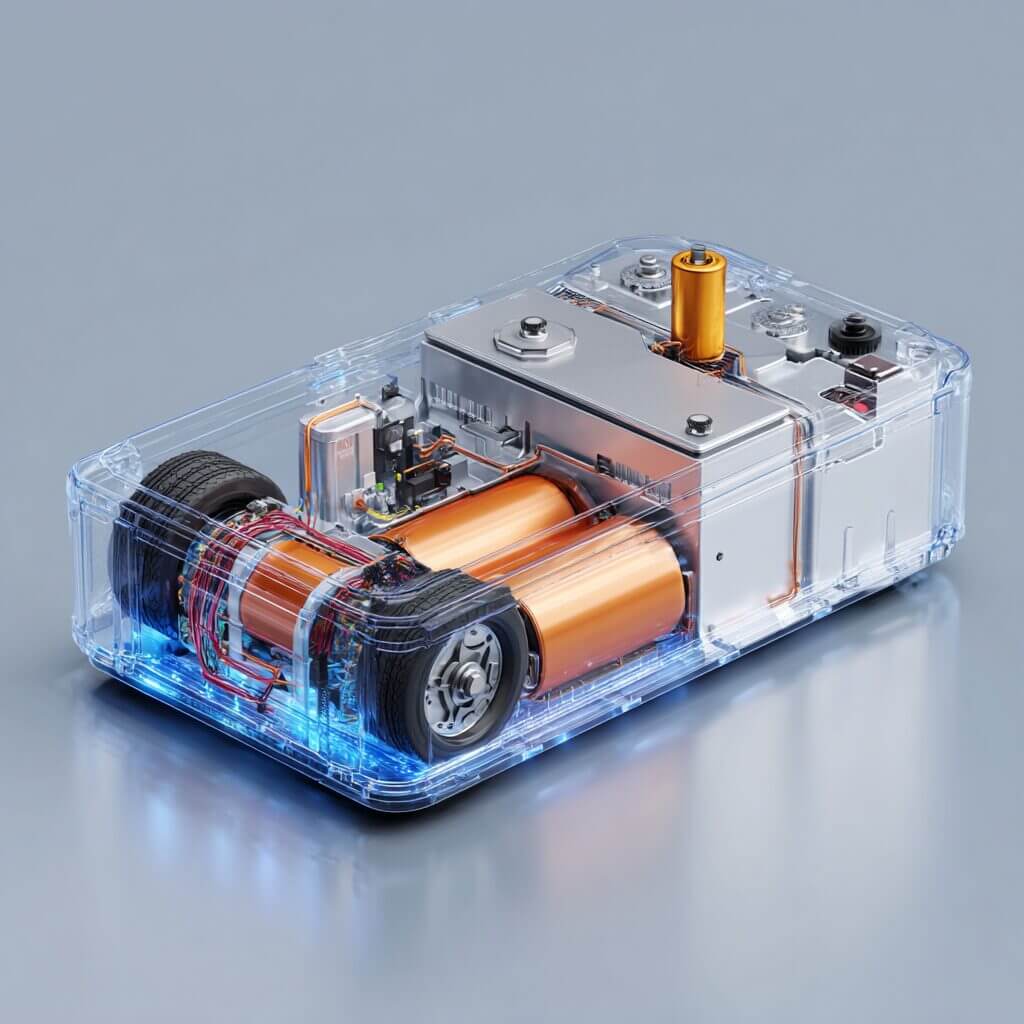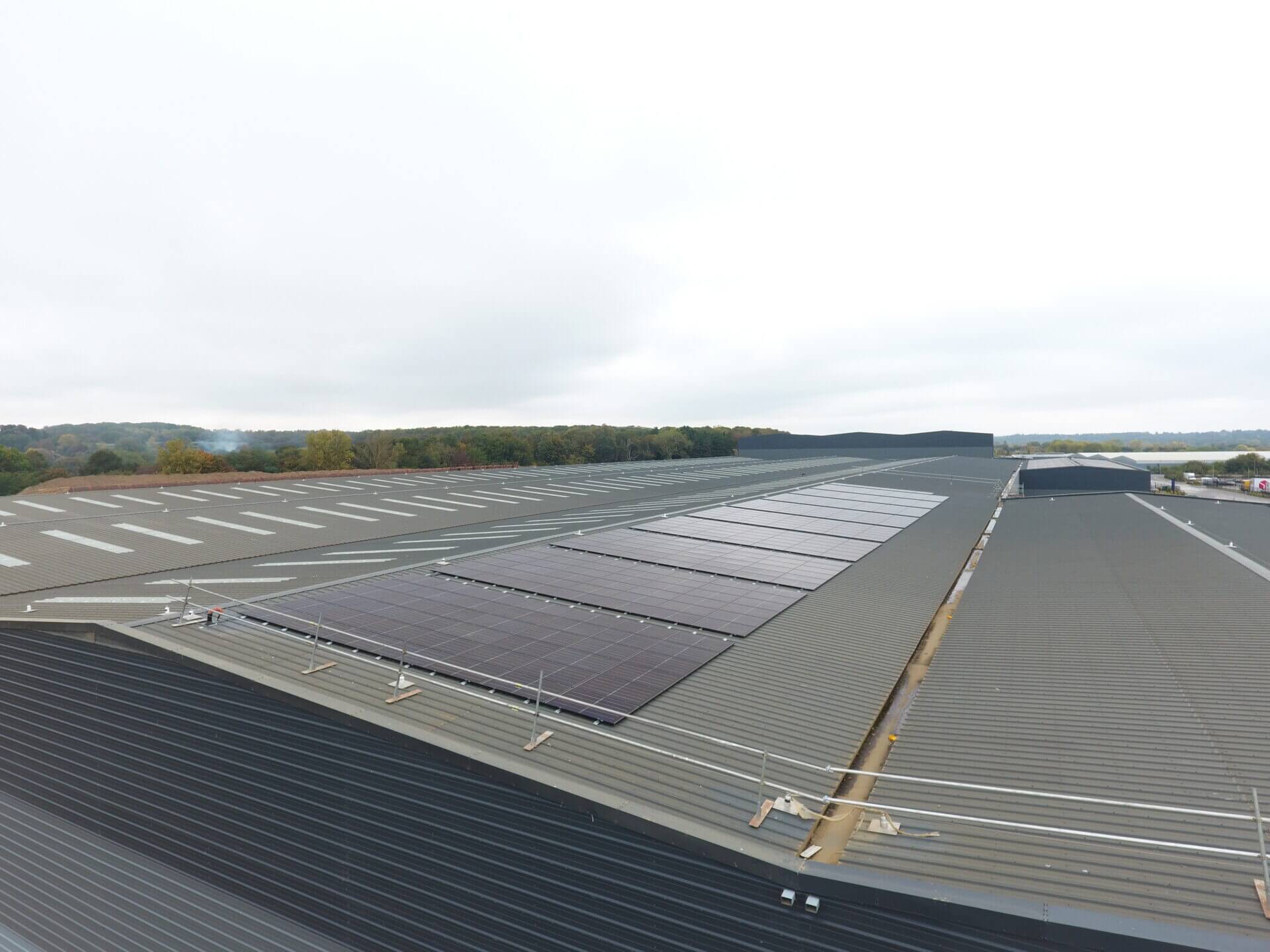The clean energy transition is moving at an unprecedented pace. Rooftop solar panels are becoming common in neighbourhoods around the world. Electric vehicles (EV’S) are no longer rare; they are quickly becoming the standard for modern transportation. But the real revolution lies not just in adopting these technologies separately, but in connecting them together.
At the centre of this innovation is bi-directional EV charging. This system changes electric cars from energy users into active energy resources. When used with solar power, EV’S can act as mobile storage units.
They capture clean energy during the day and provide it back when demand is high. This integration has the potential to reshape how we consume, share, and value renewable energy.

How Bi-Directional Charging Works
Traditional EV chargers operate in one direction: electricity flows from the grid or solar panels into the vehicle. Bi-directional chargers, however, enable two-way energy flow. This technology can be used in several ways:
- Vehicle-to-Home (V2H): Powering household appliances or providing backup energy during outages.
- Vehicle-to-Building (V2B): Supporting businesses by offsetting demand during peak hours.
- Vehicle-to-Grid (V2G): Supplying stored energy back to the grid, helping balance supply and demand.
For solar-equipped homes or businesses, this creates a powerful synergy. Excess solar generation during sunny hours no longer goes to waste or gets exported to the grid at low rates. Instead, it’s stored in the EV’s battery and made available when electricity is most valuable, such as evenings or peak demand periods.
Why Solar + EV Integration Matters
Pairing solar power with bi-directional EV charging addresses several key challenges facing renewable energy adoption today.
- Making the Most of Solar Energy
Solar production often peaks midday, while household energy demand peaks in the early evening. Without storage, this mismatch forces households to rely on grid electricity when solar panels aren’t generating. An EV battery bridges this gap by storing daytime energy for evening use.
- Reducing Energy Bills
By charging an EV with solar power and discharging during high-tariff hours, households can significantly reduce reliance on expensive grid electricity. For businesses, this can also lower demand charges, which are a major part of commercial energy costs.
- Strengthening Energy Independence
With V2H systems, EVs can serve as backup batteries during outages, powering essential appliances, lighting, or even an entire home depending on the vehicle’s battery size. This resilience is especially valuable in regions prone to blackouts or extreme weather events.
- Supporting the Clean Energy Transition
Widespread adoption of V2G technology would create a massive, distributed network of energy storage. Utilities could tap into this network to smooth out fluctuations from renewable sources like solar and wind, reducing dependence on fossil-fuel peaking plants.

Real-World Potential
Consider this: a typical EV battery stores between 40 kWh and 100 kWh of energy. For context, the average U.S. home uses about 30 kWh per day. That means one fully charged EV could theoretically power an entire home for a day or more.
Imagine scaling this up across millions of EVs. Collectively, they could provide terawatt-hours of storage capacity, stabilising the grid, cutting carbon emissions, and maximising renewable energy utilisation.
Some pilot projects are already exploring this potential. For example:
- Nissan has demonstrated V2H systems with its Leaf models in Japan, where vehicles are used to provide emergency power during disasters.
- California has launched V2G trials with school bus fleets, testing how parked buses can return solar-charged energy to the grid in the evenings.
- European utilities are experimenting with paying EV owners to discharge energy during peak demand, creating new financial incentives for households.
Challenges Ahead
While the promise is enormous, several challenges must be overcome before bi-directional solar + EV integration becomes mainstream:
- Technology Standards: Not all EV’S and chargers support bi-directional capability, and universal standards (such as ISO 15118) are still being adopted.
- Battery Life Concerns: Regular cycling of EV batteries raises concerns about long-term degradation, though smart charging strategies can minimise the impact.
- Infrastructure Costs: Bi-directional chargers are currently more expensive and less available than standard chargers, limiting accessibility.
- Regulatory Hurdles: Utilities and regulators are still developing frameworks for compensating EV owners who provide energy back to the grid.
As these challenges are addressed, costs will come down, technology will improve, and adoption will accelerate.
Looking Forward
Bi-directional EV charging combined with solar energy represents the next frontier in sustainable living. For homeowners, it means maximising solar investments, reducing reliance on the grid, and gaining peace of mind during outages. For businesses, it offers cost savings, new revenue opportunities, and energy resilience. For society, it promises a cleaner, more stable, and more efficient energy future.
The idea of cars powering homes or supporting entire communities may have once seemed futuristic. Today, it’s fast becoming a practical reality. As more homes use solar power and more people adopt electric vehicles, combining these technologies will be important. This will help us reach the full potential of renewable energy.
Final Thought
Bi-directional charging and solar integration are more than just convenient. They show a change in how we view energy. No longer limited to centralised power plants and one-way consumption, energy is becoming local, flexible, and collaborative.
By seeing EVs as mobile energy sources, we can create a future. In this future, the sun will power our homes and cars. It will also help us build a cleaner and stronger world.

